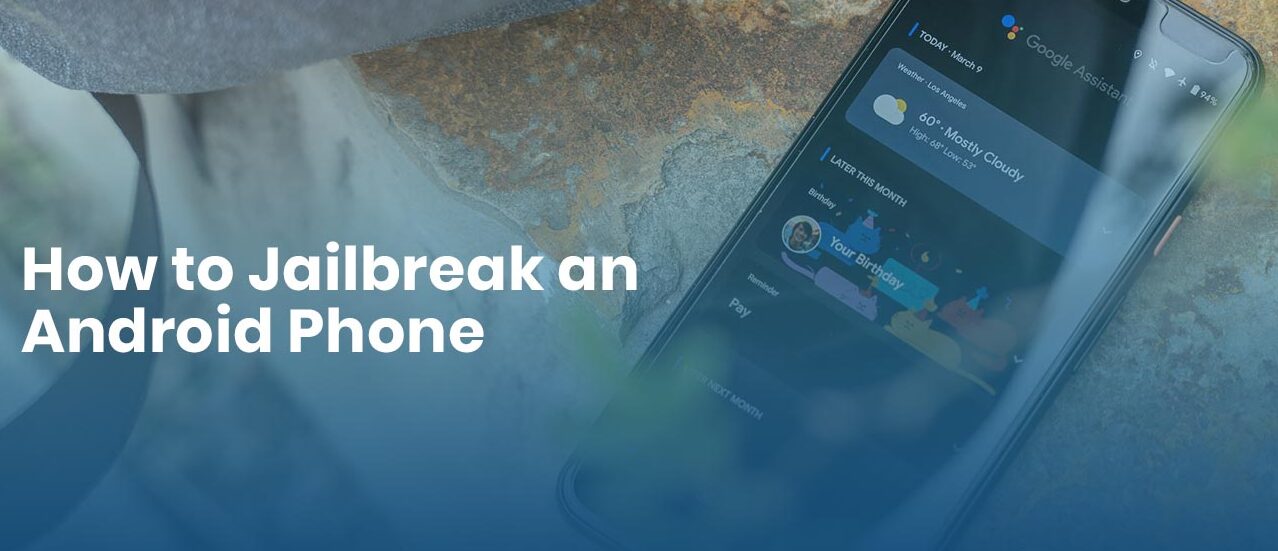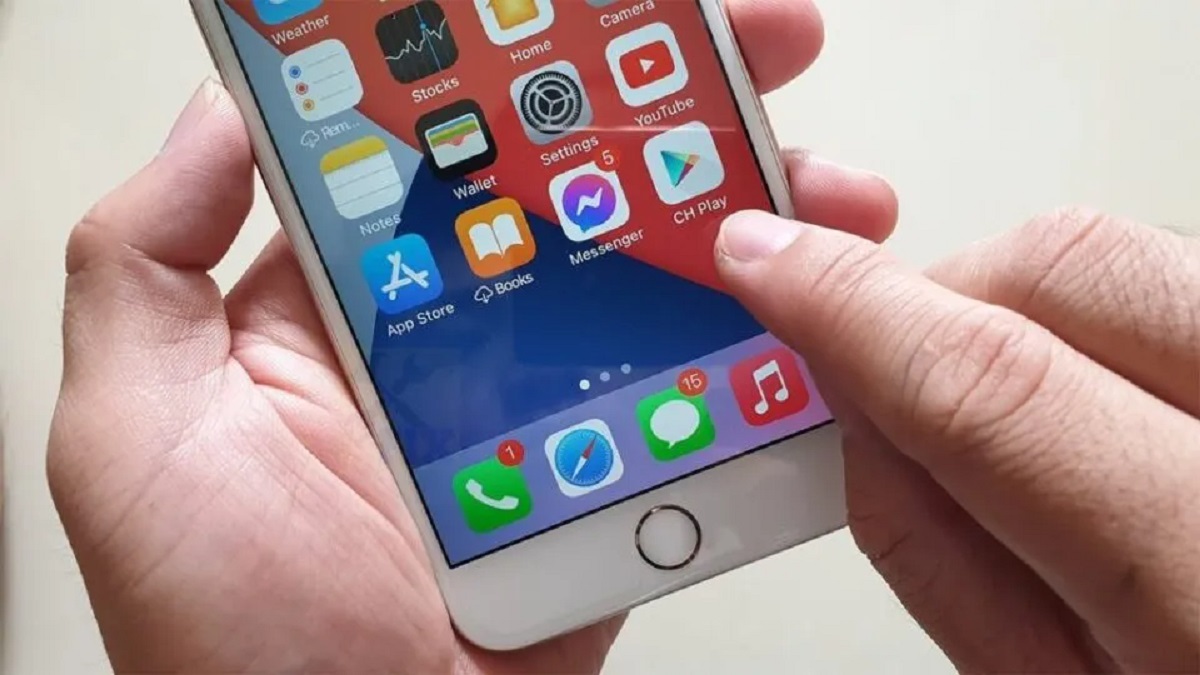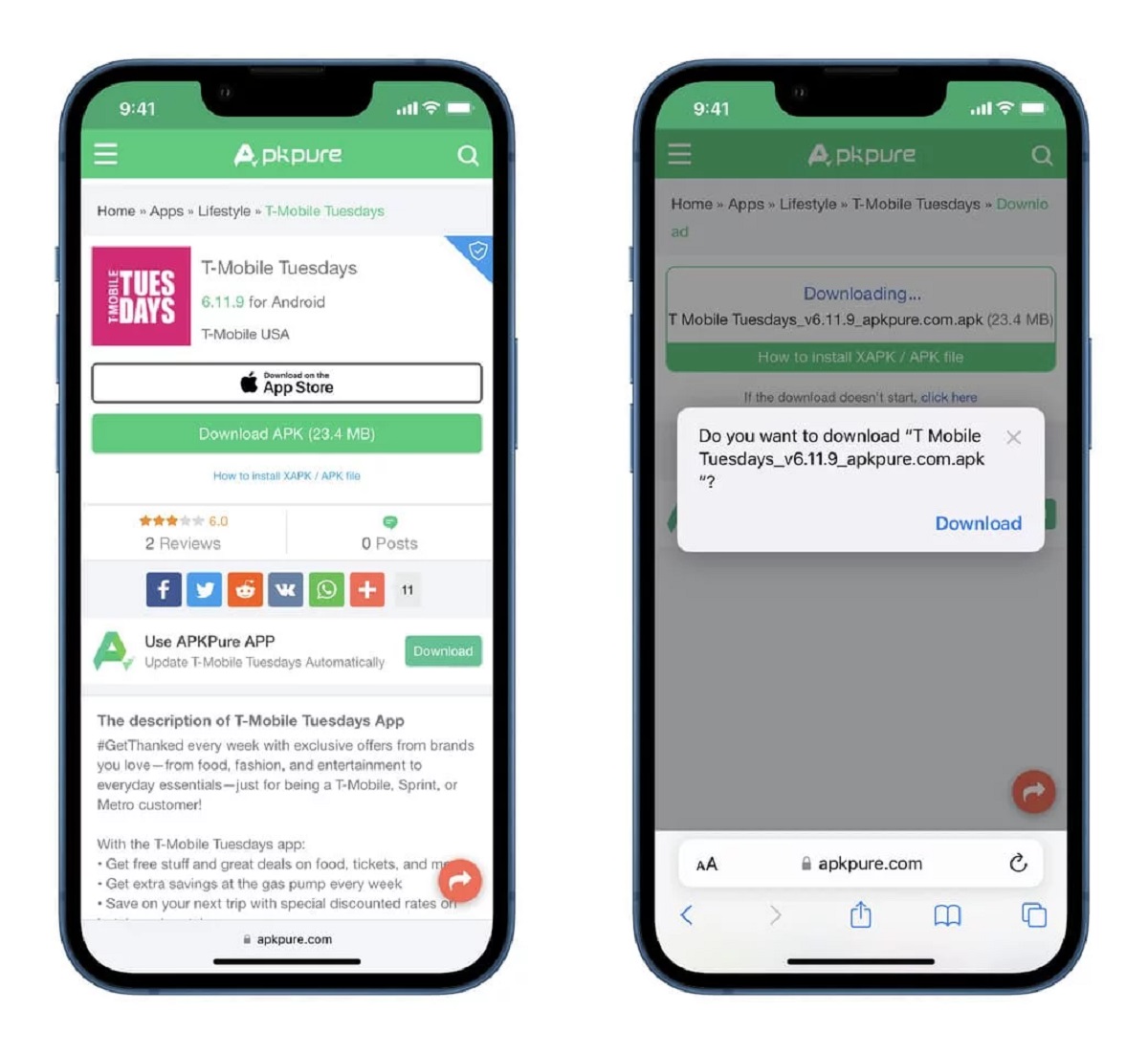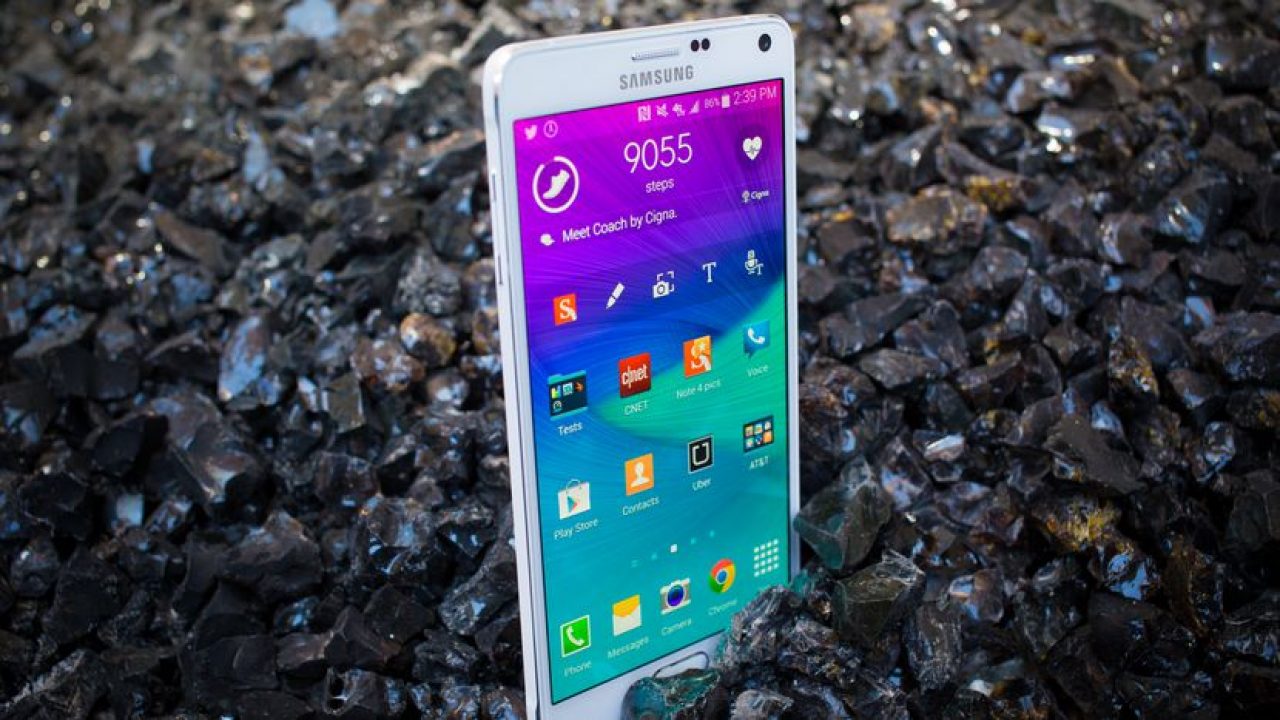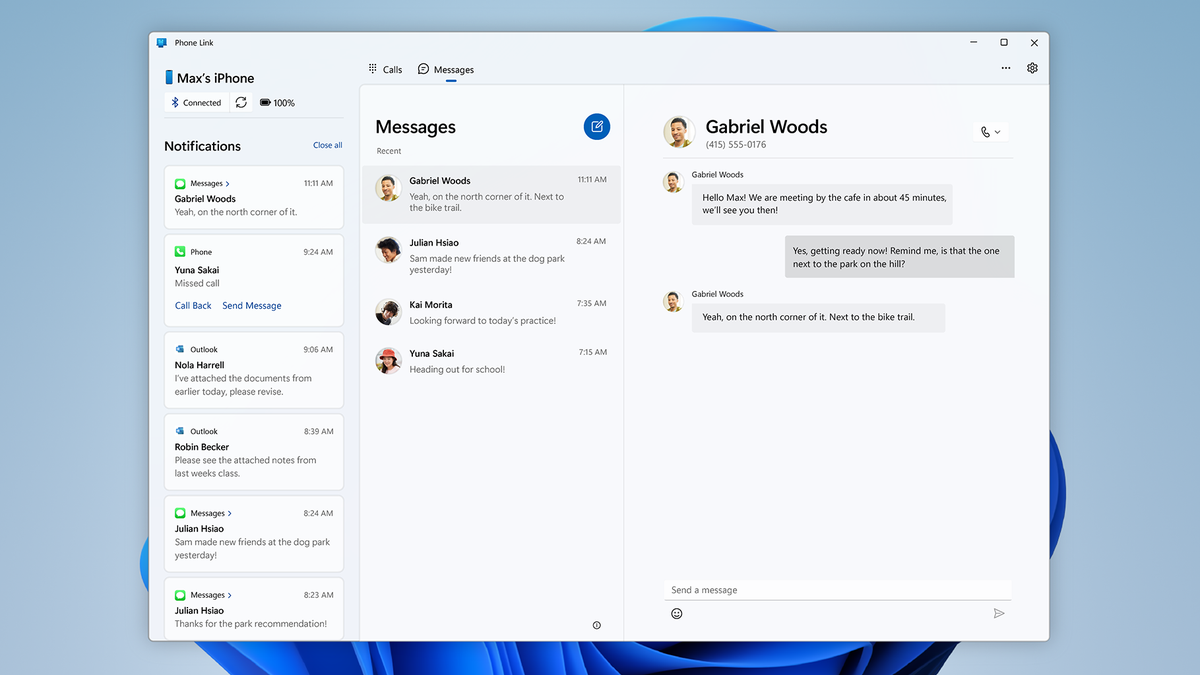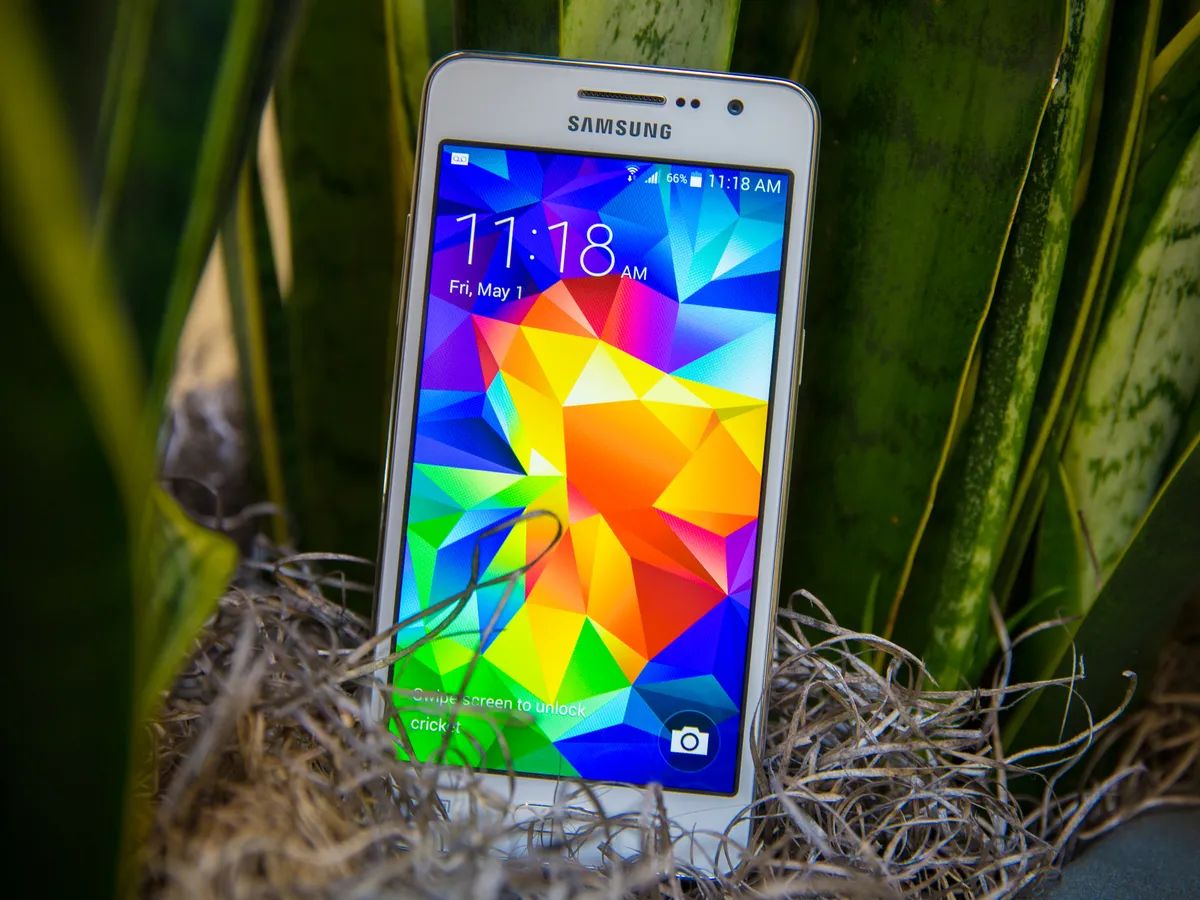Introduction
Whether you’re an experienced tech enthusiast or a casual Android user, you may have heard of the term “jailbreaking” in relation to iPhones. But did you know that you can also jailbreak an Android phone? Jailbreaking, in the context of Android, refers to the process of obtaining root access to the device’s operating system, allowing users to gain more control and customization options.
In this article, we will explore what Android jailbreaking is, its legality, the benefits it offers, and the precautions you should take before attempting to jailbreak your Android phone. We will also provide a step-by-step guide to help you navigate through the process and introduce you to some popular jailbreaking tools and apps.
Jailbreaking an Android device gives you the freedom to modify its software, install customized versions of the operating system, and access features that are not normally available on stock devices. While jailbreaking does come with advantages, it’s important to understand the risks and potential drawbacks associated with it.
So, if you’re ready to explore the world of Android jailbreaking and unlock the full potential of your device, read on to learn more about this intriguing process.
What is Android Jailbreaking?
Android jailbreaking, also known as rooting, is the process of gaining administrative access to the Android operating system, allowing users to bypass certain restrictions imposed by the device manufacturer or wireless carrier. By jailbreaking an Android phone, users can access and modify system files that are normally off-limits, giving them the ability to customize their device to a greater extent.
When you jailbreak an Android phone, you essentially remove the limitations that prevent you from performing certain actions or using specific features. This includes being able to uninstall pre-installed bloatware, customize the look and feel of the user interface, boost performance through overclocking or underclocking the processor, backup and restore system files, and even install custom ROMs (modified versions of Android).
One of the most significant advantages of Android jailbreaking is the ability to install apps that are unavailable on the Google Play Store. By gaining root access, users can install third-party apps and modifications that may offer enhanced functionality, such as ad-blockers, advanced file managers, or apps that require deep system integration. This opens up a world of possibilities and customizations that are not possible on stock Android devices.
It is worth noting that certain apps and features may require root access to work properly. For example, apps that require access to system files or want to make changes at the root level will only function on jailbroken Android devices. This gives users the opportunity to explore and take advantage of apps and features that are specifically designed for rooted devices.
However, it is important to mention that jailbreaking an Android phone voids the manufacturer’s warranty and may also introduce security risks. By bypassing system restrictions, you allow apps and processes with root access to potentially access sensitive information or make unauthorized changes. Therefore, it is crucial to exercise caution and only download apps and modifications from trusted sources to minimize potential risks.
Is Jailbreaking Legal?
The legality of jailbreaking an Android phone varies depending on your location and the specific laws in your country. In many countries, including the United States, jailbreaking an Android device is considered legal. The Digital Millennium Copyright Act (DMCA) grants individuals the right to modify software on devices they own, including smartphones.
However, it’s important to note that while jailbreaking itself may be legal, the activities that you engage in after jailbreaking may not be. For example, using jailbroken Android phones for illegal activities, such as pirating copyrighted content or hacking, is still illegal and can result in severe consequences.
In some countries, there may be legal consequences or restrictions related to jailbreaking, so it’s crucial to familiarize yourself with the laws specific to your region before proceeding. It’s always advisable to consult legal resources or seek professional advice to ensure you understand the legal implications of jailbreaking in your jurisdiction.
Furthermore, it’s essential to consider the terms and conditions set by the device manufacturer and wireless carrier. Jailbreaking often voids the warranty provided by the manufacturer, meaning that any issues or damages that arise as a result of jailbreaking may not be covered by the warranty. Wireless carriers may also have policies in place that restrict the use of jailbroken devices on their networks.
In summary, while jailbreaking an Android phone may be legal in many countries, it’s essential to be aware of the laws and regulations specific to your region. Understanding the legal implications and potential consequences is crucial before deciding to jailbreak your Android device. Additionally, consider the warranty and carrier restrictions that may come into play. Always prioritize your safety and adhere to ethical practices when utilizing a jailbroken device.
Benefits of Jailbreaking an Android Phone
Jailbreaking an Android phone can offer a range of benefits and advantages to users who want to enhance their device’s functionality and customize their Android experience. While the specific benefits may vary depending on the device and the extent of customization, here are some key advantages of jailbreaking an Android phone:
1. Customization Options: Jailbreaking allows you to personalize your Android phone beyond what is possible on a stock device. You can customize the user interface, install different themes, icons, and fonts, and even change the boot animation to reflect your personal style.
2. Access to Root-Only Apps: By gaining root access to your Android device, you can install and use apps that require deep system integration. These apps can offer advanced features, such as automation tools, ad-blockers, or system-wide backup solutions, enhancing your overall user experience.
3. Removal of Bloatware: Many Android devices come pre-loaded with unnecessary system apps, commonly referred to as bloatware. With a jailbroken device, you can easily remove these apps, freeing up storage space and potentially improving system performance.
4. Improved Performance: Jailbreaking gives you the ability to modify system settings and overclock or underclock the processor, which can optimize performance according to your preferences. You can also fine-tune system processes, further improving the speed and responsiveness of your device.
5. Advanced File Management: With root access, you can access and modify system files that are normally inaccessible. This allows for more advanced file management, including browsing and editing system files, creating backups, and transferring files between internal storage and external devices.
6. Compatibility with Custom ROMs: Jailbreaking enables you to install custom ROMs, which are modified versions of the Android operating system. Custom ROMs often offer additional features, improved performance, and a different visual style, allowing you to tailor your device’s operating system to your liking.
7. Extended Battery Life: Utilizing root-only apps, you can implement power-saving features, control background processes, and optimize power management settings. These enhancements can help extend your device’s battery life, ensuring you get the most out of your Android phone.
While the benefits of jailbreaking an Android phone can be appealing, it’s important to exercise caution, follow proper procedures, and be aware of the potential risks and disadvantages associated with this process. Make sure to backup your data before attempting any modifications and proceed with caution to fully enjoy the advantages of a jailbroken Android phone.
Precautions/Warnings Before Jailbreaking
Before you proceed with jailbreaking your Android phone, it’s crucial to understand the potential risks and take necessary precautions. Here are some important precautions and warnings to consider before attempting to jailbreak your device:
1. Voiding Warranty: Jailbreaking your Android phone generally voids the manufacturer’s warranty. This means that any hardware or software issues that arise after jailbreaking may not be covered under warranty. Consider the implications and weigh the benefits against the potential loss of warranty coverage.
2. Potential Risks: Jailbreaking involves modifying the operating system, which can introduce security vulnerabilities. By bypassing system restrictions, you may inadvertently expose your device to malware, unauthorized access, or other security threats. Only proceed if you fully understand the risks involved and are willing to take responsibility for any consequences.
3. Data Loss: While the jailbreaking process itself should not result in data loss, unforeseen circumstances can occur. It’s important to backup all your important data, including contacts, messages, photos, and other files, before attempting to jailbreak your Android phone. This ensures that you have a copy of your data in case anything goes wrong.
4. Device Compatibility: Not all Android phones are compatible with jailbreaking methods. Each device has its own specific rooting procedures, and using an incorrect method can result in a failed jailbreak or even brick your device. Research thoroughly and ensure that your device is compatible with the chosen jailbreaking method before proceeding.
5. Loss of OTA Updates: Jailbreaking an Android phone can prevent you from receiving over-the-air (OTA) updates from the device manufacturer or wireless carrier. These updates often include important security patches and feature enhancements. Consider whether the benefits of jailbreaking outweigh the potential loss of OTA updates for your specific needs.
6. Unstable Performance: Modifications made through jailbreaking can affect the stability and performance of your device. Some apps or customizations may not be compatible with your Android version or device model, leading to crashes, freezes, or other performance issues. Be prepared to troubleshoot and revert any changes if necessary.
7. Stay Informed: The Android ecosystem is constantly evolving, and new security risks, updates, and jailbreaking methods emerge regularly. Stay informed about the latest developments, vulnerabilities, and recommended practices. Engage with online communities and forums to gain insights, share experiences, and seek assistance if needed.
By understanding these precautions and warnings, you can make an informed decision about whether to proceed with jailbreaking your Android phone. Remember to proceed at your own risk and follow reputable guides and resources to minimize potential issues and maximize the benefits of a jailbroken device.
Step-by-Step Guide to Jailbreak an Android Phone
Jailbreaking an Android phone requires careful execution and following specific steps to ensure a successful process. Here is a step-by-step guide to help you jailbreak your Android device:
Step 1: Backup Your Data: Before proceeding with the jailbreak, it’s essential to backup all your important data, including contacts, photos, videos, and files. You can use cloud storage services, external storage devices, or backup apps available on the Google Play Store.
Step 2: Enable USB Debugging: Go to the “Settings” menu on your Android device, scroll down to “Developer options,” and enable “USB debugging.” This option allows your device to communicate with the computer during the jailbreaking process.
Step 3: Choose a Jailbreaking Method: Research and choose a reputable jailbreaking method that is compatible with your Android device and version. There are various tools and software available online, such as “Magisk,” “SuperSU,” or “KingRoot,” that can assist in the jailbreaking process.
Step 4: Download the Jailbreaking Tool: Visit the official website of the chosen jailbreaking method and download the appropriate tool for your device. Ensure that you download from trusted sources to avoid any malware or unauthorized modifications.
Step 5: Install the Jailbreaking Tool: Install the downloaded jailbreaking tool on your computer following the provided instructions. Make sure to read the documentation and user guides provided by the tool’s developer before proceeding.
Step 6: Connect Your Device to the Computer: Using a USB cable, connect your Android device to the computer. Make sure the USB debugging mode is still enabled on your device.
Step 7: Launch the Jailbreaking Tool: Open the installed jailbreaking tool on your computer and wait for it to recognize your connected Android device. Follow the on-screen prompts and instructions provided by the tool to initiate the jailbreaking process.
Step 8: Wait for the Jailbreak: The jailbreaking process may take some time, as the tool will perform various tasks to gain root access to your Android device’s operating system. Be patient and avoid interrupting the process to prevent any potential issues.
Step 9: Reboot Your Device: Once the jailbreak is complete, the tool will prompt you to reboot your Android device. Follow the instructions provided by the tool to safely reboot your device and apply the jailbreak changes.
Step 10: Verify the Jailbreak: After rebooting, check if your Android device has successfully been jailbroken. Look for the presence of a jailbreaking app or a superuser management app, such as “Magisk Manager” or “SuperSU,” on your device. These apps indicate that your Android device now has root access.
It is important to note that the jailbreaking process can vary depending on your Android device model, manufacturer, and version of Android. Always refer to the specific instructions provided by the jailbreaking tool’s developer to ensure a successful jailbreak.
By following this step-by-step guide and exercising caution throughout the jailbreaking process, you can successfully gain root access to your Android device and unlock its full customization potential.
Popular Jailbreaking Tools/Apps
When it comes to jailbreaking an Android phone, there are several popular tools and apps available that can assist users in gaining root access and customizing their devices. Here are some of the most widely recognized jailbreaking tools and apps in the Android community:
1. Magisk: Magisk is a powerful and widely-used tool that not only allows users to gain root access but also offers systemless modifications, meaning it leaves the system partition untouched. This allows users to pass Google’s SafetyNet and use apps that typically do not work on rooted devices. Magisk also provides a user-friendly interface and offers a vast selection of modules for additional functionality and customization.
2. SuperSU: SuperSU is one of the oldest and most popular rooting tools available for Android devices. It provides a simple and straightforward way to gain root privileges and manage app permissions on a rooted device. SuperSU allows users to grant or deny root access to specific apps, giving them fine-grained control over the permissions granted to individual applications.
3. KingRoot: KingRoot is a user-friendly one-click rooting application that offers a quick and easy way to gain root access without the need for a computer. It supports a wide range of Android devices and versions, making it accessible to a broad user base. However, it’s worth noting that KingRoot may install additional apps or offer unwanted features, so caution should be exercised when using this tool.
4. Xposed Framework: Xposed Framework is a powerful modification framework that allows users to make extensive changes to their Android device’s system without flashing a custom ROM. It offers a vast library of modules that can be installed to add new features, modify the user interface, or enhance system performance. Xposed Framework is a go-to choice for advanced users looking to customize their device without resorting to a full ROM installation.
5. Framaroot: Framaroot is a straightforward one-click rooting application that is suitable for beginners or those who prefer a simplified rooting process. It supports a wide range of Android devices and provides step-by-step instructions to guide users through the rooting process.
It is important to note that the availability and compatibility of these jailbreaking tools and apps may vary depending on the Android device model, manufacturer, and version of Android. Always research and ensure that the chosen tool or app is compatible with your specific device before proceeding. Additionally, be sure to download these tools from reputable sources to avoid malware or compromised versions.
While these are some of the popular jailbreaking tools and apps, the Android community is constantly evolving, and new tools may emerge. Stay up-to-date with the latest developments and explore forums and online communities to discover additional tools that may suit your specific needs and device requirements.
Risks and Disadvantages of Jailbreaking
While jailbreaking an Android phone offers users the opportunity to gain more control and customization options, it is essential to be aware of the risks and potential disadvantages associated with this process. Here are some of the significant risks and disadvantages of jailbreaking an Android device:
1. Security Risks: Jailbreaking bypasses the security protections implemented by the device manufacturer and Android operating system. This can expose your device to potential security vulnerabilities, making it more susceptible to malware, viruses, and unauthorized access. Only install trusted apps and modifications from reliable sources to minimize these risks.
2. Instability and Performance Issues: Modifying system files and installing unauthorized apps can lead to instability and performance issues. Some modifications may conflict with other apps or the Android system itself, resulting in crashes, freezes, or reduced performance. It requires technical expertise to troubleshoot these issues and ensure a stable experience.
3. Voiding Warranty: Jailbreaking your Android phone typically voids the manufacturer’s warranty. This means that any hardware or software problems that arise after jailbreaking may not be covered by the warranty. Consider the potential loss of warranty coverage and the associated costs before proceeding with jailbreaking.
4. Loss of OTA Updates: Jailbreaking often prevents your Android device from receiving official over-the-air (OTA) updates from the device manufacturer or wireless carrier. These updates often include important security patches, bug fixes, and feature enhancements. Jailbroken devices may require manual installation of custom ROMs or updates, which can be time-consuming and technically challenging.
5. Incompatibility with Apps and Services: Some apps and services, especially those related to banking, streaming, or security, may detect a jailbroken Android device and refuse to work. This limitation can restrict access to certain apps or features that rely on strict security measures or integrity checks.
6. System Instability and Data Loss: Improperly executing the jailbreaking process can lead to system instability or even complete data loss. It is crucial to follow instructions carefully and make regular backups of your data to restore your device in case of any issues or failures.
7. Difficulty in Restoring Factory Settings: Jailbreaking modifies system files and settings, making it more challenging to revert to the original factory state. Restoring factory settings may require manual intervention and technical expertise, as standard factory reset options may not completely remove traces of the jailbreak.
8. Legal Consequences and Warranty Void: Although jailbreaking itself may be legal in many jurisdictions, certain activities performed after jailbreaking can still be considered illegal. Engaging in pirating copyrighted content, hacking, or using jailbroken devices for illegal purposes can result in legal consequences. Additionally, be aware of the warranty implications as jailbreaking generally voids the manufacturer’s warranty.
Considering these risks and disadvantages, it is important to weigh the benefits and drawbacks of jailbreaking and decide if it aligns with your personal preferences and needs. Ensure that you fully understand the potential implications and take appropriate precautions to mitigate any risks associated with this process.
Frequently Asked Questions (FAQs)
Here are some frequently asked questions about jailbreaking an Android phone:
Q: Is jailbreaking illegal?
A: The legality of jailbreaking an Android phone varies depending on your country’s laws. In many countries, jailbreaking an Android device is considered legal for personal use. However, it’s essential to understand the laws in your jurisdiction before proceeding.
Q: Will jailbreaking void my device’s warranty?
A: Yes, jailbreaking typically voids the manufacturer’s warranty. Any issues that arise after jailbreaking may not be covered under warranty. Consider the warranty implications before deciding to jailbreak your device.
Q: Can I un-jailbreak my phone?
A: Yes, you can un-jailbreak your phone by restoring it to the original factory settings. However, the process may vary depending on the device and the jailbreaking method used. It’s important to follow specific instructions provided by the jailbreaking tool or seek assistance from online resources.
Q: Will jailbreaking improve my device’s performance?
A: Jailbreaking can potentially improve performance by allowing users to customize system settings, remove bloatware, and overclock or underclock the processor. However, it’s essential to understand that poorly executed modifications or incompatible apps can lead to instability and reduced performance.
Q: Can I still receive OTA updates after jailbreaking?
A: Jailbreaking often prevents your device from receiving official over-the-air (OTA) updates. You may need to manually install custom ROMs or updates to keep your device up to date. This process requires technical expertise and may involve a more complex update procedure.
Q: Can I install any app after jailbreaking?
A: After jailbreaking, you have the ability to install apps that are not available on the Google Play Store. However, some apps may be incompatible with a jailbroken device or may refuse to work on rooted devices due to security or integrity checks. Be cautious when installing apps from unknown sources and only choose trusted apps from reputable developers.
Q: Can I undo the jailbreak if I change my mind?
A: Yes, you can undo the jailbreak by restoring your device to its original factory settings. Keep in mind that this process will remove all modifications and data, so it’s important to back up your data before proceeding.
Q: Is jailbreaking necessary to customize my Android phone?
A: No, jailbreaking is not necessary to customize an Android phone. Android provides many customization options without the need for rooting, such as using custom launchers, icon packs, and widgets. However, jailbreaking offers more extensive customization options and access to certain features that are not available on stock devices.
Q: Is jailbreaking safe?
A: Jailbreaking introduces potential security risks. By bypassing system restrictions, you open your device to vulnerabilities and potential unauthorized access. However, if done cautiously and with proper knowledge, and by installing reputable apps and avoiding unauthorized modifications, you can minimize the risks associated with jailbreaking.
These are general answers to commonly asked questions about jailbreaking. Always research and refer to specific guides and resources related to your device and chosen jailbreaking method to ensure a safe and successful jailbreaking experience.
Conclusion
Jailbreaking an Android phone can open up a world of customization and advanced functionality that is not possible on stock devices. By gaining root access, users can modify system settings, install custom ROMs, and unlock a wide range of apps and features that are not available on unmodified devices. However, it’s important to understand that jailbreaking does come with risks and potential disadvantages.
Before proceeding with jailbreaking, it’s crucial to weigh the benefits against the potential drawbacks. Consider factors such as the voiding of warranty, security risks, loss of OTA updates, compatibility issues, and the technical expertise required to troubleshoot any problems that may arise.
If you decide to proceed with jailbreaking, ensure that you follow reputable guides, use trusted tools, and take appropriate precautions to minimize potential risks. Backup your data, research compatible jailbreaking methods for your specific device, and only install apps and modifications from trusted sources.
Remember, jailbreaking is not for everyone. If you are comfortable with the limitations and risks associated with it, and have a clear understanding of the potential benefits, you can proceed and explore the world of Android customization and personalization to its fullest.
Ultimately, the decision to jailbreak an Android phone rests with the individual user. By considering the information provided in this article, engaging with the Android community, and staying informed about the latest developments, you can make an educated decision that aligns with your preferences and needs.







